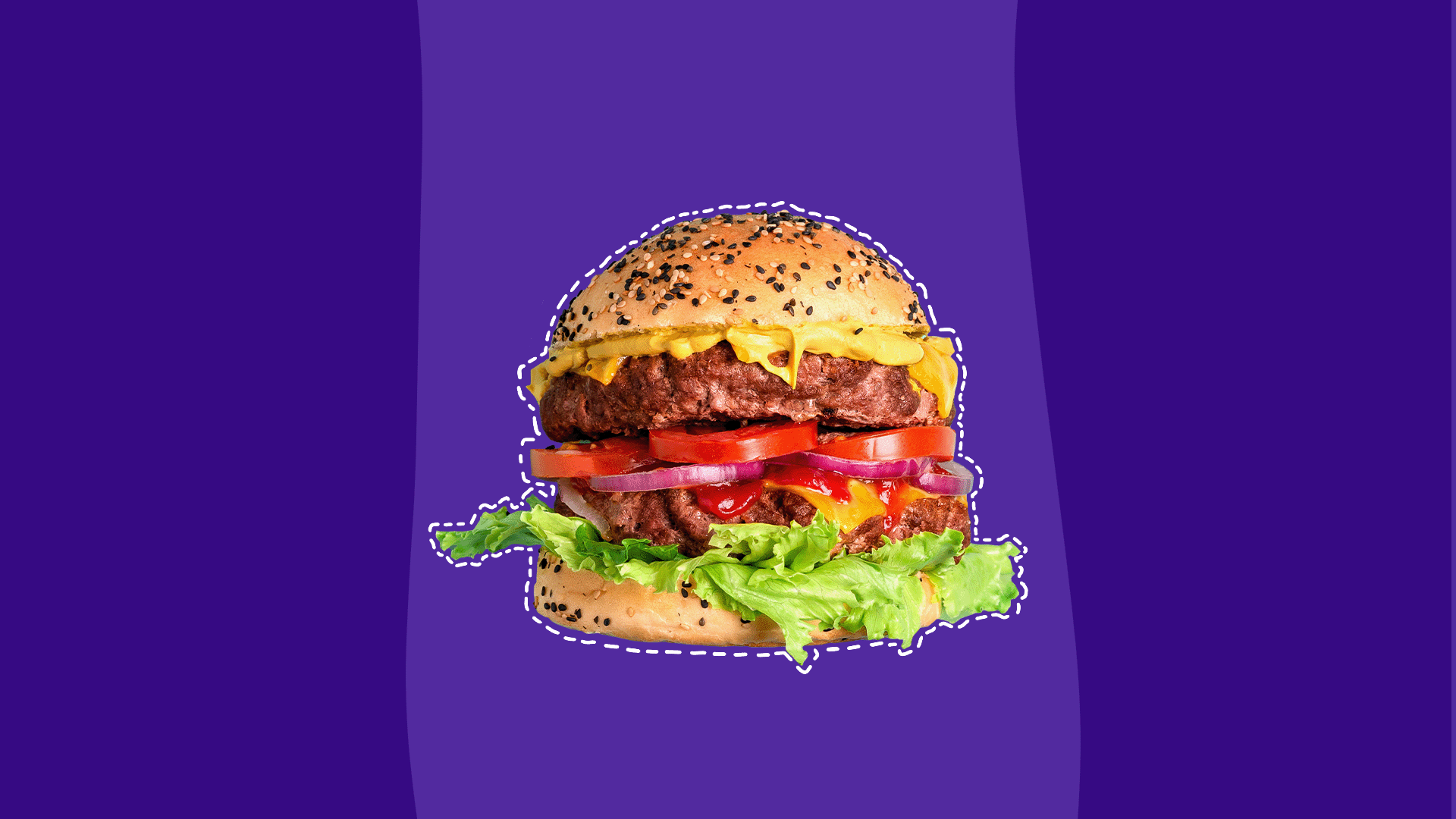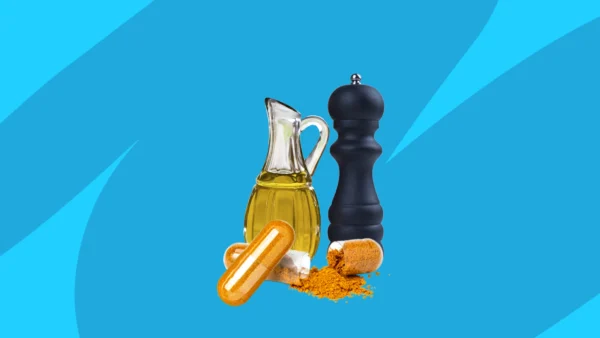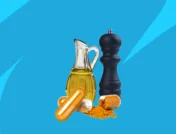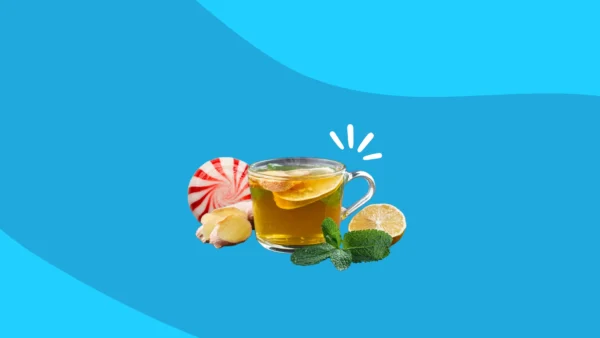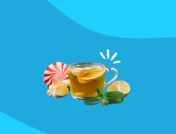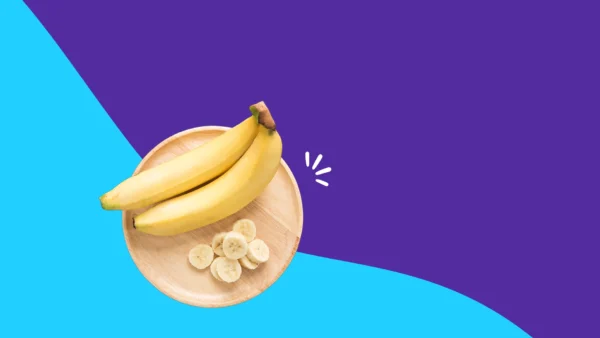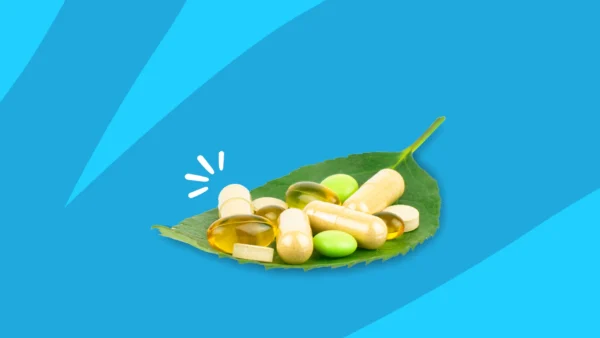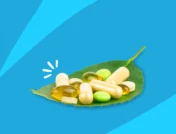Between trying to drink enough water, eat vegetables at each meal, and get some physical activity in—you probably don’t spend much time thinking about including iron-rich foods in your diet. That’s a mistake. Iron is an important nutrient. Not getting enough can lead to health issues, including iron-deficiency anemia. Luckily, incorporating foods that are high in iron can help combat this condition.
What is iron-deficiency anemia?
Anemia occurs when your body either doesn’t make enough healthy red blood cells or the blood cells aren’t functioning properly. In the case of iron-deficiency anemia (IDA), there’s not enough iron in the body to produce healthy red blood cells. That’s an issue because iron helps produce hemoglobin, the part of red blood cells that carries oxygen throughout your body—it’s what makes blood red. Other types of anemia—such as pernicious anemia and vitamin deficiency anemia are caused by a shortage of other nutrients, namely B12 and folate. In other cases, anemia is caused not by a production problem, but rather by blood loss or by blood cell destruction, termed hemolysis.
Iron is essential for your body’s growth and development. It’s used to make hemoglobin, myoglobin, and some hormones. It’s involved in transporting oxygen from your lungs to your body and muscles. “When the body does not get enough iron, it cannot produce the number of red blood cells needed to keep you in good health,” says Stephanie Martin, DO, a provider at Clinical Concepts in Brentwood, Tennessee.
Iron-deficiency anemia usually occurs gradually. The most common causes include:
- Pregnancy (because your iron levels are being depleted to provide hemoglobin for the fetus)
- Blood loss from surgery or an injury
- Difficulty or an inability to absorb iron from foods
- Not eating enough iron-rich foods.
When you don’t have enough iron, you probably won’t notice any symptoms…at first. Your body will use up stored iron in your liver, spleen, and skeletal muscles. Once that is depleted, you enter the beginning stages of iron-deficiency anemia. Even if you don’t have iron-deficiency anemia, iron is a crucial mineral for your body, helping to increase resistance against infections.
Symptoms of iron-deficiency anemia
If you have low iron levels or iron-deficiency anemia, you may experience the following symptoms:
- Tiredness
- Shortness of breath
- Cold hands and feet
- Chest pain
- Headaches
- Brittle nails
- Soreness on your tongue
- Cravings for ice
- Irregular heartbeat
- Yellow or pale skin
- Anxiety and depression
It’s also possible to have no symptoms at all. Long-term complications of untreated iron-deficiency anemia may include heart problems, higher risk of infections, or issues during pregnancy.
Anemia diet plan
Luckily, eating iron-rich foods can help reduce your risk of iron-deficiency anemia. Not all sources of iron are created equally, though. “It is important to note there are two forms of iron: heme and nonheme,” explains Elizabeth Beil, RDN. Animal foods, like red meat, seafood, and poultry, have both types of iron and are better absorbed by the body. Non-heme foods aren’t as well absorbed by the body and include non-animal sources, like fortified cereals and beans.
Not all people need the same amount of iron. The recommended dietary allowances (RDA) for iron are different in men and women. In adult men, it’s 8 mg. For women aged 19-50 years old, however, it’s 18 mg to account for blood loss during menstruation. For pregnant women, the RDA increases even more, to 27 mg. Post-menopause, the RDA for women drops to 8 mg.
9 iron-rich foods for anemia
While iron intake is likely easier if you eat animal products, as one serving of meat can account for a large part of your RDA, reaching your targets is extremely doable by eating a wide range of plant-based, iron-rich foods. These are the best iron rich foods for anemia.
1. Red meat
Time to cook up a hamburger—one of the best sources of heme is red meat. A 100-gram serving of cooked ground beef contains 2.47 mg of iron, or 15% of the recommended daily value for premenopausal adult women. The heme iron in red meat also increases absorption of nonheme iron from other foods eaten at the same time, like leafy greens.
2. Organ meat
It may be time to spice up your menu with some organ meats. These oft-overlooked foods, like livers and kidneys, are chock-full of iron. A 100-gram serving of fried beef liver weighs in at 6.12 mg of iron, or a third of a premenopausal adult woman’s recommended daily intake.
3. Seafood
If you’re a fan of fish, especially shellfish, you’re in luck. Not only does it taste great, but it’s also a rich source of iron for an anemia diet. Oysters and mussels are highest in iron, but scallops and sardines don’t fall too far behind.
4. Dark turkey meat
When it comes to poultry, don’t wait until Thanksgiving to enjoy turkey. Dark meat from the bird is tops for iron, weighing in at 1.04 mg per 100-gram serving.
5. Lamb
If you need a change of pace from the usual steak, opt for lamb chops. Just 100 grams of lamb boasts 1.98 mg of iron.
6. Spinach
The superstar leafy green is high in iron—100 mg provides 2.71 mg of iron. While that sounds like a lot of spinach, the vegetable wilts down drastically once cooked.
7. Legumes
Not only are they budget-friendly, but legumes like lentils, chickpeas, and beans are iron-rich, meat-free foods that are a good source of nonheme iron for an anemia diet.
8. Tofu
This is a solid choice for plant eaters wanting to up their iron intake, as a 100 gram serving of tofu packs in 1.69 mg of iron.
9. Fortified or enriched foods
Foods like bread, breakfast cereal, and oatmeal are often fortified with nutrients like iron. These can be a good “iron filler” for people struggling to eat enough foods with iron naturally occurring in them.
Increasing iron absorption in an anemia diet
Mixing and matching foods can increase your absorption of iron. “I always recommend my clients pair their iron source with vitamin C,” Beil explains. “This could be pairing your steak with some broccoli or bell peppers, having a spinach and citrus salad, or drinking some orange juice with your morning cereal. Vitamin C will capture the nonheme iron and store it in a form that is more easily absorbed in our bodies.”
And if you’re a fan of a coffee with breakfast, it might be time to switch up your habit. “Avoiding coffee and tea with meals will also be really important as this can actually reduce iron absorption quite significantly,” Beil says. Milk, caffeine, calcium supplements, and antacids can all negatively affect iron absorption.
RELATED: How to make sure you absorb your supplements
When to see a doctor
If you think you may have low iron levels or iron-deficiency anemia, it’s best to see your healthcare provider to have your iron levels checked. Depending on what your levels are like, making changes to your diet and increasing iron sources might suffice.
But if more treatment is needed, oral iron supplements are the first recommended treatment option by most healthcare professionals. “For many people with iron-deficient anemia, oral iron may be enough,” Dr. Martin explains. For adults, 65 to 200 mg of elemental iron daily is the usual dosage, and it’s best to pair the supplements with food to reduce the risk of an upset stomach.
However, oral supplements may not work for everyone living with iron-deficiency anemia. “In some patients, oral iron may cause hard-to-tolerate side effects, such as nausea and stomach pain,” Dr. Martin says. “Oral iron may also fail to achieve a satisfactory response because the digestive system has trouble absorbing it.” If iron supplements fail, intravenous iron may be prescribed instead.
Iron-deficiency anemia requires ongoing care to ensure iron levels reach and stay where they need to be, which depends on a patient’s condition and other factors. It can take time to reach optimal levels, so be patient and remember—it’s never too early to start adding more iron-rich foods to your diet.



